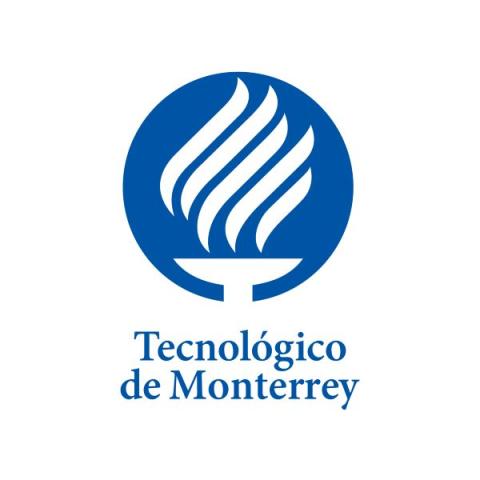
Effective feedback techniques for struggling students
Giving feedback on work that does not meet the required standard requires great tact and understanding of your students, says Ilse Mariana Leyva Barrera
Providing effective feedback is one of the greatest challenges of the online teaching experience. It demands in-depth knowledge of your students and the ability to guide them toward specific learning outcomes. And the feedback instances that require the most time from the teacher are those where a student does not deliver the expected work.
Sometimes this is because the student didn’t pay enough attention to instructions – or perhaps those instructions weren’t clear enough, including information related to deadlines. This is why we must first ensure that incorrect academic practices are not the result of misunderstandings or a lack of clear instructions.
- A simple hack to ChatGPT-proof assignments using Google Drive
- Tips (from a librarian) for creating assignment prompts
- How the idea of ‘excellence’ can be misleading in higher education
On the other hand, students should be encouraged to focus on their deliverables – a challenge that has become particularly acute in the 21st-century classroom with its sometimes dizzying array of technologies. In the past, the focus was solely on class attendance, learning, engagement and knowledge-strengthening. Now, with greater student demand for flexibility in distance educational models, they must add self-management competencies and work on delivering quality and added-value content.
With the above serving as context, and based on my experience, below I suggest some practices for relaying corrections and feedback and incentivising improved academic practice.
Point out errors and explain them
As mentioned earlier, it is crucial to avoid misinterpretation in written communication. Thus, we must clearly state the task’s objective, what is expected and even which sources the students can (and can’t) use to collect information. This will result in greater student confidence and efficiency in their work. When an error has been made, explain in full detail the expected result; this will help the students understand they have to be more careful when reading instructions or carrying out in-depth research.
Frame corrections in a positive way
Faced with poor academic practices, some teachers take very strict stances in which the feedback might be misinterpreted as “scolding” and appear to be a negative reaction to the delivered work. To counter this, we must act with a goal in mind. If there is a need to correct a student, make it clear that this has been done so they can produce better work next time. We must be at pains to make them aware of the areas to be improved, always trying to use constructive criticism that will foster a positive reaction from the student. Both parties must be acutely aware that the common goal is the student’s best performance.
Don’t brush aside completed work; learn from it
If an activity isn’t carried out as expected, it can be easy to ignore what has been delivered and instead focus on “how it should be done”. However, carefully evaluating a student’s work that didn’t meet the expected objectives is an excellent opportunity to get to know them better by noting their interests, their interpretation of the activity and the different outcomes that the activity can generate that we may not have expected or be aware of. No matter the outcome, recognise their effort and encourage them to approach you to ask questions at any stage of the process.
Consider their interpretation
It might be possible that the student analysed the information from a different perspective or thought about it creatively. This does not need to result in severe criticism. In fact, it can provide us with tools and ideas to redesign the activity or improve the instructions.
Highlight the differentiating factor
Once an activity corresponding to the lesson has been carried out, be sure to mention in your feedback what the differentiating factor is between the work of those who understood and analysed the lesson satisfactorily but which is missing in the work of those who didn’t quite achieve that goal. This is clear, accessible information that should be understandable at a student level and thus contribute to improvement next time around.
In the end, a well-designed activity usually yields better results. Being flexible when designing activities, allowing the incorporation of various tools, providing clear explanations of the task and what is expected from it, how they can apply it to their daily life or future career, as well as considered feedback, is on us as teachers if we want to develop the right skills in our students.
Ilse Mariana Leyva Barrera is tutor professor of educational innovation and digital learning at Monterrey Institute of Technology, Mexico.
If you found this interesting and want advice and insight from academics and university staff delivered direct to your inbox each week, sign up for the THE Campus newsletter.




